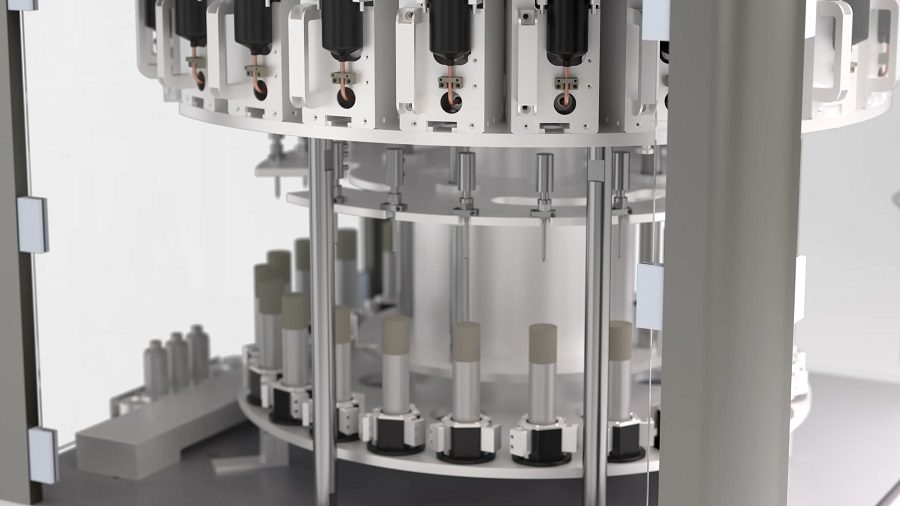Operational Improvements
December 11, 2024
Carlos Valderrama is based in Bogota and in his role as global offer manager for the food and beverage industry within SKF Lubrication Management, he supports a number of customers in ensuring smooth, safe operations.





About the Author: Carlos Valderrama is based in Bogota and in his role as global offer manager for the food and beverage Industry within SKF Lubrication Management, he supports a number of customers in ensuring smooth, safe operations.